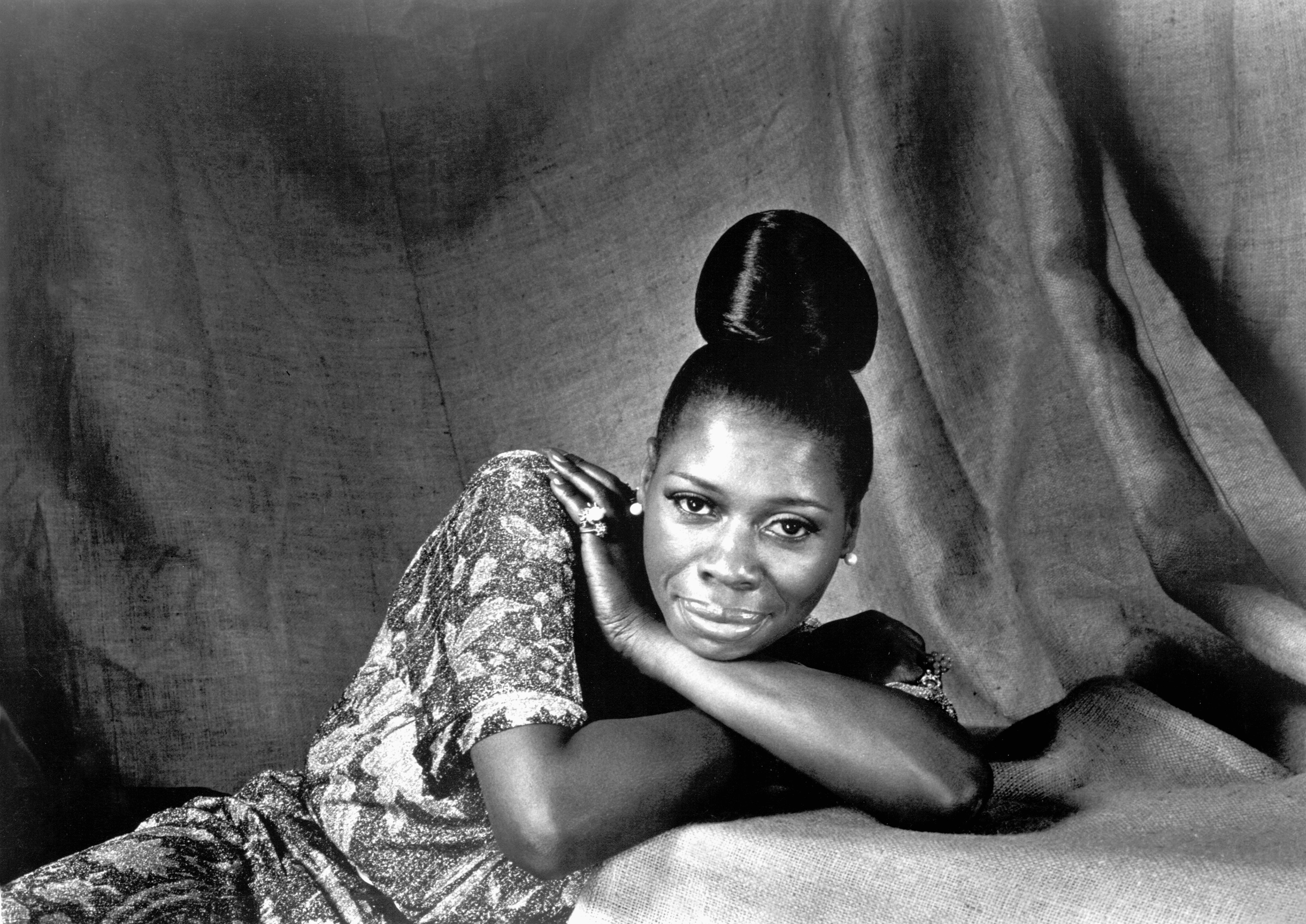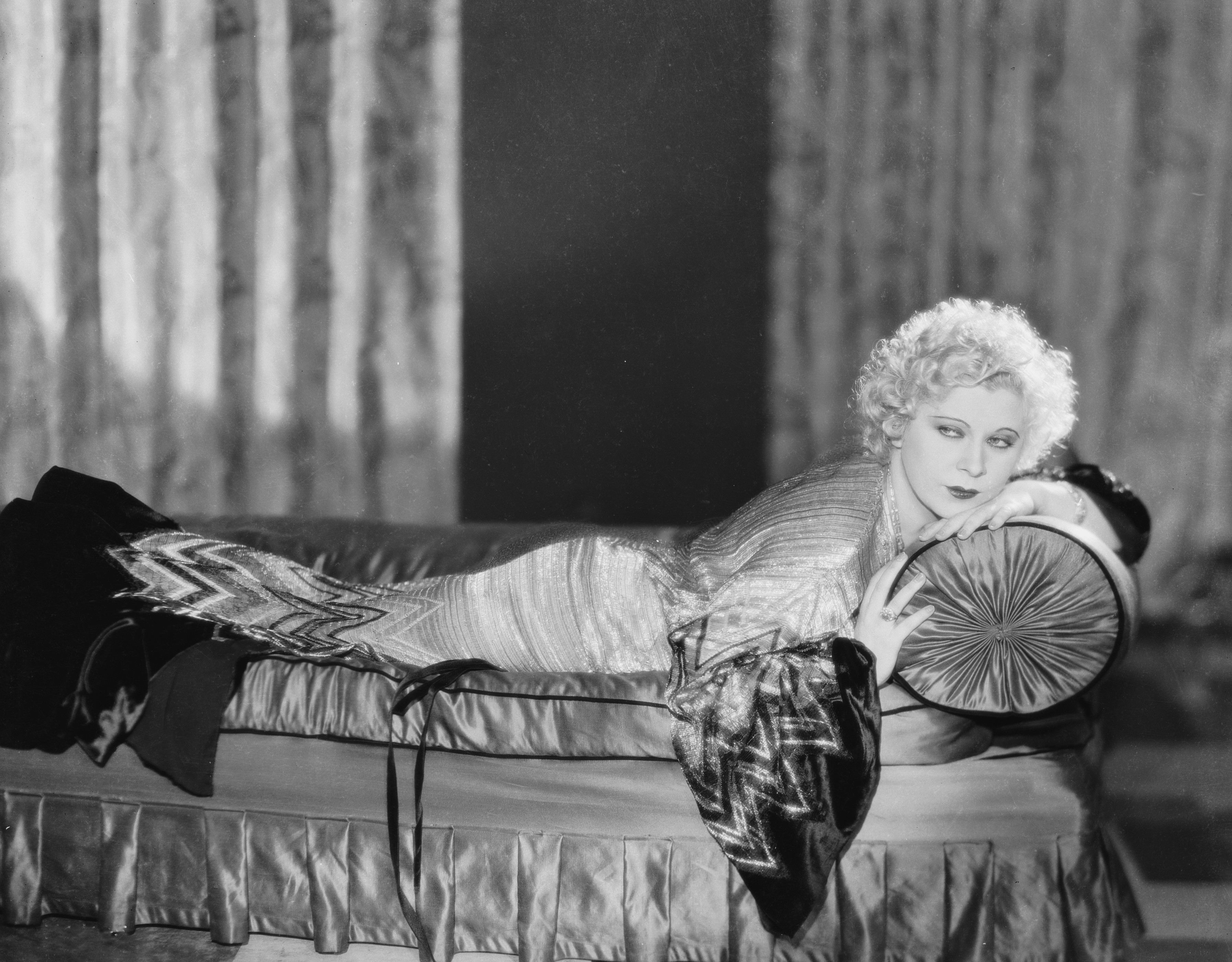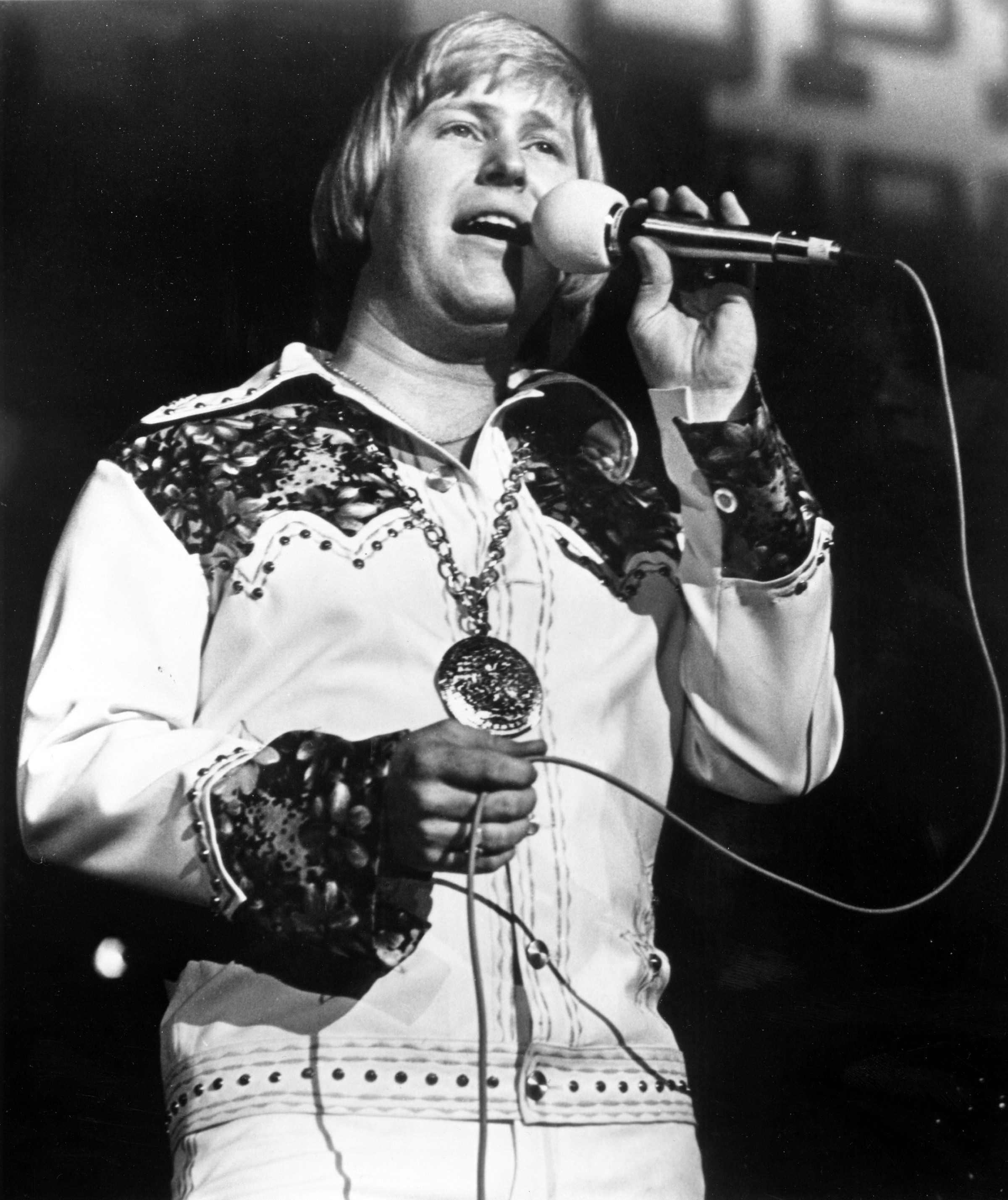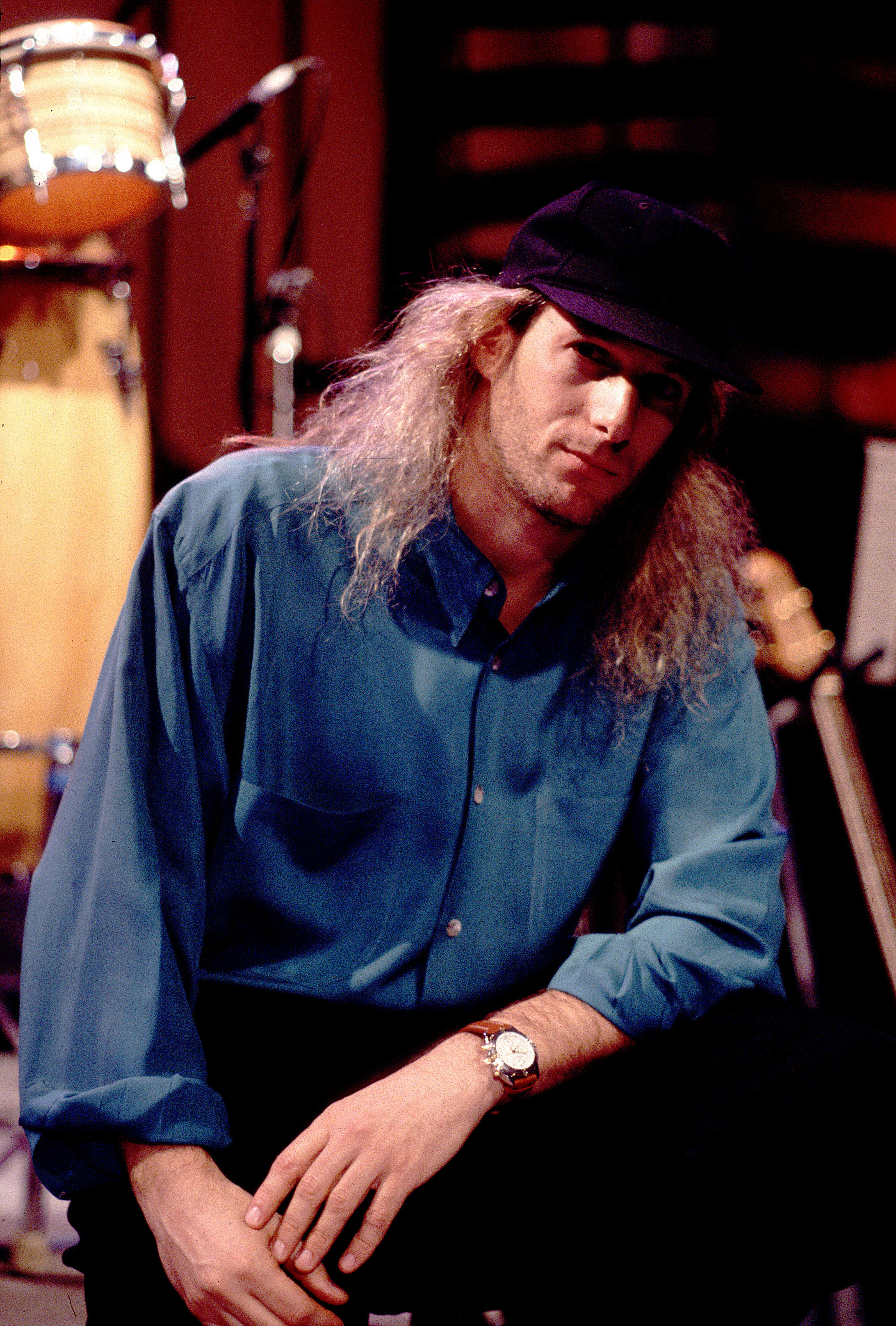Percy Sledge’s “When a Man Loves a Woman” is more than just a song; it’s a cultural touchstone. Released in 1966, this soul classic immediately resonated with audiences, becoming an instant standard. Its raw emotion and powerful melody have inspired countless artists across genres to reinterpret it, each bringing their unique voice to this timeless ballad. The question isn’t just who sang “When a Man Loves a Woman,” but how did they sing it, and what did their rendition bring to this iconic song? Let’s explore some of the most notable covers that have answered this question over the decades.
Esther Phillips: “When a Woman Loves a Man” (1966)
 Esther Phillips performing, showcasing her soulful voice and stage presence, a pioneering female artist in R&B who reinterpreted classic songs with a unique perspective, singing "When a Woman Loves a Man"
Esther Phillips performing, showcasing her soulful voice and stage presence, a pioneering female artist in R&B who reinterpreted classic songs with a unique perspective, singing "When a Woman Loves a Man"
Esther Phillips, a seasoned vocalist with a career that began in her early teens as “Little Esther,” offered a compelling gender-swapped perspective just weeks after Percy Sledge’s original hit the charts. Having already found success covering The Beatles’ “And I Love Her” as “And I Love Him,” Phillips applied the same clever twist to “When a Man Loves a Woman.” Her rendition, titled “When a Woman Loves a Man,” carries a world-weary and bluesy tone, reflecting her personal struggles and resilience. It’s a powerful testament to the song’s universal theme of love, proving its emotional core transcends gender.
Eddie Harris: Jazz Saxophone Interpretation (1966)
Jazz saxophonist Eddie Harris took “When a Man Loves a Woman” into uncharted territory with his instrumental cover from the 1966 album The Tender Storm. Eschewing a straightforward approach, Harris deconstructs the song, using melodic fragments and funky riffs, all driven by Cedar Walton’s hard-bop piano. This six-minute jam marked a pivotal moment in Harris’s career, signaling his foray into soul music and his pioneering experiments with the Varitone, an electronic effect that allowed him to manipulate his saxophone’s sound. His version reveals the song’s inherent musicality, adaptable beyond its vocal delivery.
Mae West: A Campy, Vaudeville Rendition (1966)
 Mae West in a classic pose, exuding her signature confidence and playful sensuality, a legendary actress and performer who brought her theatrical flair to a garage-rock infused cover of "When a Man Loves a Woman"
Mae West in a classic pose, exuding her signature confidence and playful sensuality, a legendary actress and performer who brought her theatrical flair to a garage-rock infused cover of "When a Man Loves a Woman"
The iconic Mae West, in her seventies and still embodying her larger-than-life persona, delivered a truly unique cover on her album Way Out West. Backed by garage-rock band Somebody’s Chyldren, her rendition of “When a Man Loves a Woman” is undeniably campy and theatrical. West’s slightly off-key vocals and dramatic delivery hark back to her vaudeville roots and pre-amplified stage performances. Her version is a fascinatingly bizarre and entertaining take, showcasing the song’s surprising versatility.
Karen Dalton: A Haunting Folk Ballad (1971)
 Karen Dalton with a guitar, her expression conveying deep emotion and vulnerability, a folk singer known for her distinctive voice and raw interpretations, transforming "When a Man Loves a Woman" into a deeply personal folk lament
Karen Dalton with a guitar, her expression conveying deep emotion and vulnerability, a folk singer known for her distinctive voice and raw interpretations, transforming "When a Man Loves a Woman" into a deeply personal folk lament
Karen Dalton, a celebrated yet under-the-radar figure in the Greenwich Village folk scene, imbued “When a Man Loves a Woman” with a haunting and deeply personal quality. Her distinctive, gorgeously cracked voice, reminiscent of a trumpet’s clarity, brings a raw vulnerability to the song. Appearing on her second album, In My Own Time, Dalton’s version is a masterclass in interpretation. She toys with the melody and rhythm, transforming the song into an expression of profound personal pain, far removed from the original’s soulful optimism.
John Wesley Ryles: Country Chart Success (1976)
 John Wesley Ryles in a classic country singer pose, wearing a hat and holding a guitar, a country artist who found renewed success with his country-infused cover of "When a Man Loves a Woman" in the 1970s
John Wesley Ryles in a classic country singer pose, wearing a hat and holding a guitar, a country artist who found renewed success with his country-infused cover of "When a Man Loves a Woman" in the 1970s
For country singer John Wesley Ryles, “When a Man Loves a Woman” marked a significant comeback. After an initial hit in 1968, Ryles returned to the spotlight with his country-tinged cover of the soul standard. His version gained traction on country charts, paving the way for a bigger hit the following year. Notably, Ryles subtly altered a lyric, changing “heartless love” to “high-class love,” adding a unique country flavor to the classic tune. This cover demonstrated the song’s crossover appeal and ability to resonate within different musical landscapes.
Bette Midler: A Theatrical Rock Anthem (1979)
 Bette Midler performing on stage in "The Rose," embodying a rock star persona with powerful vocals and dramatic stage presence, delivering an iconic rock-infused rendition of "When a Man Loves a Woman" in the film
Bette Midler performing on stage in "The Rose," embodying a rock star persona with powerful vocals and dramatic stage presence, delivering an iconic rock-infused rendition of "When a Man Loves a Woman" in the film
Bette Midler’s performance of “When a Man Loves a Woman” in the film The Rose is a powerhouse moment. Portraying a Janis Joplin-esque rock star, Midler delivers a roaring, brassy, and theatrical rendition. Preceded by a monologue about love and heartache, her performance captures the raw emotion and intensity associated with Joplin’s style. Released as a single from The Rose soundtrack, it became a minor hit, further cementing the song’s versatility and Midler’s vocal prowess.
Michael Bolton: A Chart-Topping Pop Ballad (1991)
 Michael Bolton in a studio, singing with his signature powerful vocals, a pop singer known for his blue-eyed soul style and chart-topping ballads, achieving massive success with his 1990s cover of "When a Man Loves a Woman"
Michael Bolton in a studio, singing with his signature powerful vocals, a pop singer known for his blue-eyed soul style and chart-topping ballads, achieving massive success with his 1990s cover of "When a Man Loves a Woman"
Michael Bolton’s 1991 cover of “When a Man Loves a Woman” became a global phenomenon, topping charts and earning him a Grammy Award. While sometimes debated for its blue-eyed soul style, Bolton’s powerful vocals undeniably connected with a massive audience. Stripped of preconceived notions, his rendition highlights the song’s enduring emotional core. Interestingly, Bolton’s rock roots in the band Blackjack adds another layer to his interpretation of this soul classic, proving its adaptability across genres.
Barbara Mandrell: Soulful Country Torch Song (1991)
Barbara Mandrell, around the same time as Bolton’s hit, also offered her take on “When a Man Loves a Woman.” Her rendition leans into a torchy, soulful country style, sharing a similar sonic landscape with Bolton’s version, albeit with a distinct country twang. Mandrell’s long-standing appreciation for Southern soul is evident, with early hits covering Otis Redding and Aretha Franklin. Her version underscores the song’s deep roots in soul music and its easy translation into country arrangements.
Ryan Gosling: A Glimpse of Early Talent (1991)
Before Hollywood fame, Ryan Gosling’s early performance of “When a Man Loves a Woman” at a Mormon talent show offers a charming glimpse into his nascent talent. Captured in a brief audience-recorded clip from his pre-teen years, Gosling’s rendition showcases a proto-American Idol enthusiasm. While just a fragment, it’s a testament to the song’s widespread appeal, even reaching young performers in diverse settings.
Frank Ocean: 21st Century Update “Non-Stop” (2011)
Frank Ocean, in his early career as Christopher Breaux, reimagined “When a Man Loves a Woman” for a contemporary audience with “Non-Stop” from The Lonny Breaux Collection. Sampling Percy Sledge’s original recording, producer J.R. Rotem creates a modern backdrop for Ocean’s original melody and lyrics. Ocean’s “Non-Stop” explores themes of tormented, one-sided love, offering a 21st-century perspective on the song’s core emotion, proving its continued relevance across generations.
Conclusion:
“When a Man Loves a Woman” is not defined by a single voice, but enriched by the diverse artists who have interpreted it. From Esther Phillips’ gender-flipped perspective to Eddie Harris’ jazz improvisation, Mae West’s campy theatricality, Karen Dalton’s folk sorrow, John Wesley Ryles’ country charm, Bette Midler’s rock power, Michael Bolton’s pop balladry, Barbara Mandrell’s soulful country, Ryan Gosling’s youthful enthusiasm, and Frank Ocean’s modern update – each cover reveals a new facet of this timeless song. The question “who sang ‘When a Man Loves a Woman’?” has a multitude of compelling answers, each deserving a listen.